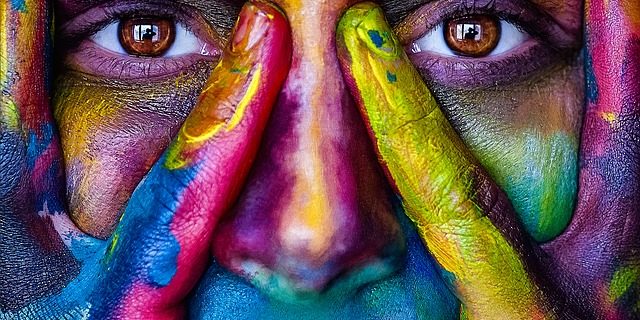Color has an incredible impact on brain functioning. The right colors help our brains work more effectively. We can harness this knowledge to maximize our brain functioning and increase the quality of our lives.
Color Affects the Brain by Stimulating the Release of Certain Hormones
Scientifically, color impacts the brain by causing the hypothalamus to secrete certain hormones. A contributor to Science Alert wrote,
“Exposure to light in the morning, and blue/green light in particular, prompts the release of the hormone cortisol which stimulates and wakes us, and inhibits the release of melatonin. In the late evening as the amount of blue light in sunlight is reduced, melatonin is released into the bloodstream and we become drowsy.”
The source above also reported that red light raises heart rate and blue light lowers it. But these aren’t the only ways color affects brain functioning. Color can also have an impact on memory and be used to improve knowledge retention and recall.
“There is clearly an established physiological mechanism through which colour and light can affect mood, heart rate, alertness, and impulsivity, to name but a few.” — Science Alert
How to Use Color to Improve Your Memory
Did you know that you recall color more than objects or words? To prove this to yourself, think back on, say, your first date with your spouse. Do you remember more what he or she said or wore? More than likely, you remember the color he or she wore on the date. That’s because the brain recalls color more easily than words.
With this information, use color to your advantage. When studying, highlight text online or on paper with specific colors. This will help you recall the information later better than you would if no color was involved.
“Color impacts the brain because it can greatly affect our physiology, since it influences anxiety, pulse, blood flow and arousal.” — Brain Based Biz
How Specific Colors Affect Your Mind and Mood
There is no doubt that color affects the brain. Here are a few colors and the corresponding impacts they have on the brain, according to Funderstanding:
- Dark Blue: associated with night, often leads to passivity.
- Blue and green: calming – blue is the most preferred color across cultures.
- Red and orange: arousing.
- Red: may stimulate excitement and is used to light gambling casinos.
- Pink: interestingly calmed inmates in institutions.
Use this knowledge to create certain moods for yourself. If you want to feel more alert, steer clear of looking and blue and green and instead opt to gaze at red and orange. If you want to calm yourself down, take a look at a blue, green or pink object. Better yet, paint your bedroom one of these soothing shades to promote relaxation.
Color isn’t just beautiful, but it is also a powerful agent to increase brain functioning. What colors make you feel more alert or calm, sad or happy? Share with us in the section below.
Read our most recent Segmation blog posts:
- 3 Things You Should Know About Contemporary Art
- A Brief History of Crayons
- 20,000 Years of Horse-Themed Art
Be an Artist in 2 minutes with Segmation SegPlay® Mobile (see more details here)
SegPlay® Mobile available for Amazon Fire, iPhone, iPad, Android







